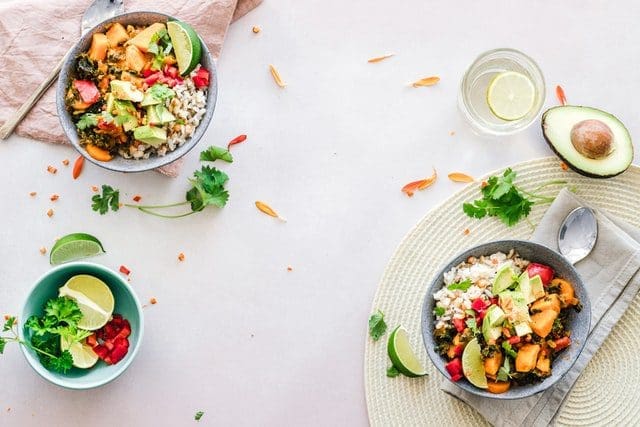Grocery shopping can be a significant expense in the household budget, but with the right strategies, you can make the most of every dollar spent. Whether you are shopping for a large family or just for yourself, knowing how to navigate the aisles efficiently and effectively can lead to substantial savings over time.
In this guide, we’ll explore a variety of practical tips designed to help you cut costs without sacrificing quality. From meal planning and making a shopping list to understanding store layouts and the benefits of Buying Groceries in bulk, these insights will empower you to shop smarter and stretch your grocery budget further.
Plan Your Meals Ahead
One of the most effective ways to save money on groceries is to plan your meals ahead of time. By creating a weekly meal plan, you can ensure that you only buy the ingredients you need, reducing the likelihood of purchasing items on a whim. Start by reviewing your pantry and refrigerator to see what you already have. Then, decide on meals that utilize those ingredients, which helps minimize waste and maximize the use of what you already own.
Another benefit of meal planning is that it allows you to take advantage of weekly sales and discounts. Check your grocery store’s flyers or website for promotions and plan your meals around those deals. This way, you can buy proteins, vegetables, and other staples at a lower cost, significantly reducing your overall food expenses. Consistency in meal planning can streamline your shopping experience and contribute to substantial long-term savings.
Make a Shopping List and Stick to It
Creating a shopping list before you head to the store can profoundly impact how much you spend. A well-thought-out list keeps you focused on Buying Groceries only what’s necessary for your planned meals and household needs. This reduces impulsive purchases that can quickly add up and deviate from your budget. Keep your list organized by grouping items based on the store layout, which can also save you time. You can find daily grocery coupons online or in-store to get discounts on your preferred items while making your list. It’s essential to stick to the list once you’re at the store. Avoid being tempted by eye-catching displays or sales that are not part of your planned purchases.
Understand Store Layouts
Understanding the layout of your grocery store can also play a pivotal role in helping you save money. Stores are strategically designed to encourage customers to spend more, with essential items often positioned at the back. Walking through sections filled with enticing but non-essential products can lead to unintended purchases. Knowing where your regular items are located allows you to navigate the store quickly and efficiently, avoiding these marketing traps.
Knowing where the budget-friendly options are placed can be advantageous. Typically, store-brand or generic products are kept on lower shelves, while higher-margin, name-brand items are at eye level. Being aware of this placement can help you choose more affordable options without compromising on quality. Efficiency in your shopping not only saves time but keeps your spending in control.
Buy in Bulk
Buying Groceries in bulk is a proven strategy for saving money, particularly for non-perishable goods and items you use frequently. Warehouse stores like Costco or Sam’s Club offer substantial savings on bulk purchases, which can be especially beneficial for larger households. Items such as grains, canned goods, and toiletries often come at a fraction of the cost per unit compared to smaller packages.
However, bulk buying requires careful planning to avoid waste. Ensure you have adequate storage space and that the items you purchase have a long shelf life or can be frozen for later use. Splitting bulk purchases with friends or family members is another effective way to reap the benefits without overwhelming your storage capacity. Proper management of bulk buys can lead to ongoing savings and reduce the frequency of shopping trips.
Utilize Coupons and Cashback Apps
Coupons and cashback apps are fantastic tools for reducing your grocery expenses. Many stores accept digital and paper coupons, which can provide significant discounts on various products. Combining manufacturer coupons with store promotions can amplify your savings. Keep an organized system for managing your coupons, so you don’t miss out on any deals.
In addition to coupons, cashback apps like Ibotta, Rakuten, and Checkout 51 offer rebates for purchasing specific items. These apps typically require you to scan your receipts and match purchases to available offers, allowing you to earn cash back on products you were already planning to buy. Over time, the savings accrued from using these apps can be quite substantial, further extending your grocery budget.

Implementing these practical tips can significantly enhance your grocery shopping experience and lead to noticeable savings. By planning your meals, making and sticking to a shopping list, understanding store layouts, Buying Groceries in bulk, and utilizing coupons and cashback apps, you can navigate the grocery store with confidence and efficiency. These strategies not only help you manage your household budget more effectively but also ensure that you make thoughtful, intentional purchases.

